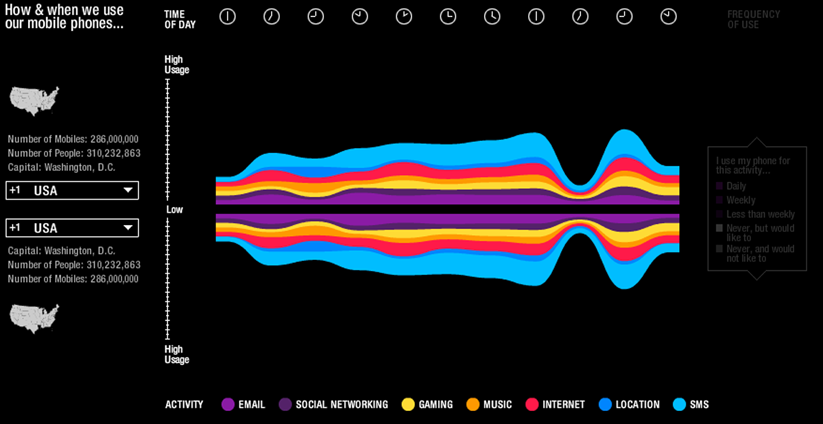The art of socializing has been around as long as humans. Actually, scratch that; its been around since long before that, before we even hit the monkey stages of our evolution (sorry, theists). The interaction between two or more people as a means of communication predates any form of ancient history, and the simple act has gone through many progressives such as written language or letter compositions. Evolving with our technology, humans engage in the act of socializing every day of their lives. Whether it be hanging out in the commons with your friends, getting into angry Twitter fights, or just a simple awkward “Hi” when passing someone in the hallways, it happens without much thought, at least on a cognizant level. But how are we doing it today in the digital age?
The Merriam-Webster definition for socializing is “to talk and do things with other people in a friendly way.” If we were to follow this in discerning sociable behavior, some obvious examples present themselves under the purview of the definition, such as those listed earlier. For the better part of two millennia, humans got by just fine with methods of face-to-face communication or hand-written letters, but the technology boom in the recent past has changed it in various ways. Telegraph, phonograph, and radio have largely given way to telephone, computing, and related social networking…all within the past century. That may seem like a long time, but in the big picture of how much time it took us to establish effective means of long-term communication, it’s quite the jump for just around 100 years.
However, we still obviously use speech and other, older methods of communication despite these fancy new knick-knacks. But the effects have been steadily growing in severity, especially since the inception of the Internet (and internet-capable cell phones). According to a recent study by a mobile phone company has found that we now spend an average of two hours on our phones each day, whether that be for texting, chatting, checking Facebook or more. While this could be seen as another problem in of itself, it shows how adapted we’ve become to our new age of “talk anywhere” communication. The issue, however, is that it remains to be recognized as such.
Sitting in a waiting room recently, I was busy pretending to be interested in celebrity gossip from a year-old edition of People magazine when I overheard a particularly chatty female across from me begin talking to what I would assume was her mother. “Matthew never even goes out,” she complained in a screechy voice. “All he does is sit on his computer to talk play games with his friends on the internet. I wish he’d actually socialize with them for once.”
Now, since I’m a pretty hardcore shut-in myself and having met most of my friends online, perhaps I’m a little biased (I’m really biased). But isn’t the point of “hanging out” with friends supposed to be to socialize and have fun while participating in various activities? It could be the skate park, the library, the movies, the dark back alley…all of these are socializing. Granted, while playing a game online and chatting may not have the same “face-to-face” quality meeting someone in person has (though we’re basically there already thanks to video chat), in today’s day and age of texting, phone calls, face booking, tweeting and god knows what else you kids are up to these days, why is indirect communication using an Internet proxy disregarded? There are, of course, other such medias left floundering as we continue to progress (RIP MySpace), this is one of the forms that I find neglected or outright denounced the most. In many ways, it rolls the two into one: doing an activity and chatting. And as many teens can say, there’s no better way to pass the time with friends than participating in a good old-fashioned fragfest.
Communication is part of who we are, and it will continue to evolve in leaps and bounds even within our lifetimes; the U.S. military has been pouring millions into research for helmets that allow telepathic communication between soldiers, and development into “skin screens” could see our smartphones being replaced by an interactive screen on your forearm. Sound like science fiction? Well, let’s put into this hypothetical scenario:
Time traveller from the 1920’s: “By jove, I’ve done it! I’m in the year 2013! You there, young lad!”
Cynical teen: “Huh?”
TT: “What kind of glorious technology do we have at our disposal in this time? What have we to look forward to?”
CT: *pulls out cellphone* “This device, smaller than the palm of my hand, allows me access to all the information and knowledge available to mankind. But I just use it to look at pictures of cats and get into arguments with people halfway across the world.”
TT: “…”
It’s a brave new world out there, people; you would do well to keep an open mind.







